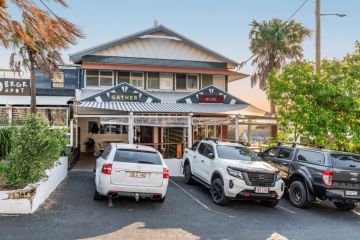Small, medium and large changes you can make to live more sustainably
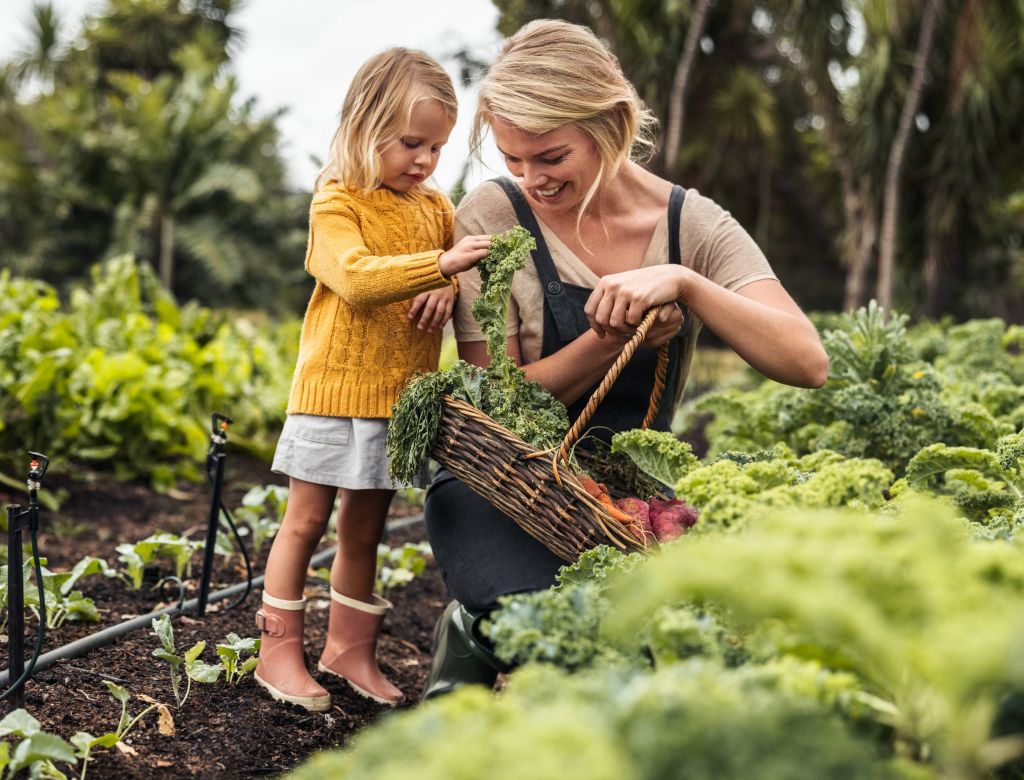
Australians are becoming increasingly aware of the importance of sustainable living, not only as an essential tool in tackling climate change, but for the added benefits to their health, wellbeing and household budgets.
Climate change polling during the last federal election revealed that eight-out-of-10 Australians want more action from governments. In addition, Domain data suggests sustainable homes attract more buyer interest and sell faster. And despite cost-of-living challenges, a growing number of consumers say they would pay more for goods that are produced ethically and are kind to the environment.
“This shift in mindset is being driven by a greater understanding of the impact our choices have on the planet, as well as the tangible benefits sustainable living can bring, such as reduced energy bills and improved indoor air quality,” says Kelvin Mureithi, director of Melbourne-based engineering firm Makao, which focuses on environmentally sustainable design.

Embracing a more sustainable lifestyle can feel daunting at first, says sustainability advocate Kira Simpson, who runs The Green Hub blog with this in mind.
“When faced with a lifestyle overhaul, it’s really easy to be discouraged,” she says. “But there’s no one ultimate thing everyone should be doing to live more sustainably. It’s lots of little things – tiny actions, done every single day, by every single one of us.”
Starting small
As Simpson teaches her 50,000-strong Instagram following, close to one-third of food bought by Australian households is thrown away.
“That’s like buying three bags of groceries and then, on the way back to the car, chucking one of those bags in the bin,” she says. “Landfill is not a giant compost. Instead, the food waste rots and produces methane, which is a greenhouse gas. So, when we chuck food in the bin, it’s contributing to climate change.”
Fortunately, there are plenty of easy ways to reduce food waste, says Simpson, who suggests conducting a stocktake of your fridge and pantry before shopping, planning meals, then composting food scraps or saving vegetable peels to make stock.
Other small household changes that can make a difference include checking with local council and consulting the Recycling Near You website to ensure household waste is being recycled optimally, swapping plastic wrap for reusable options such as wax wrap and storage containers, reusing water waste by leaving a bucket in the shower, and ditching the clothes dryer in favour of air drying.
Finally, Simpson says simply: stop buying stuff. Shop consciously, and if something breaks, fix it, rather than rushing to replace it.
Meeting in the middle
Sustainable design is as much about creating homes that are weather-tight, energy-efficient, well-ventilated and built with sustainable materials, as it is about adding solar panels or harvesting rainwater, says Mureithi.
“This holistic approach enhances our quality of life while reducing our carbon footprint.”
With state governments aiming for electricity grids fuelled by 70-100 per cent renewable energy, and solar adoption in homes increasing, all-electric homes are becoming more common, he says.
“We’re seeing a surge in the adoption of energy-efficient systems such as heat pumps, solar panels and battery storage systems,” he explains. “Water-saving devices like rainwater tanks, sub-soil irrigation and low-flow taps and showerheads are now closer to industry standard. Edible gardens are also gaining popularity.”
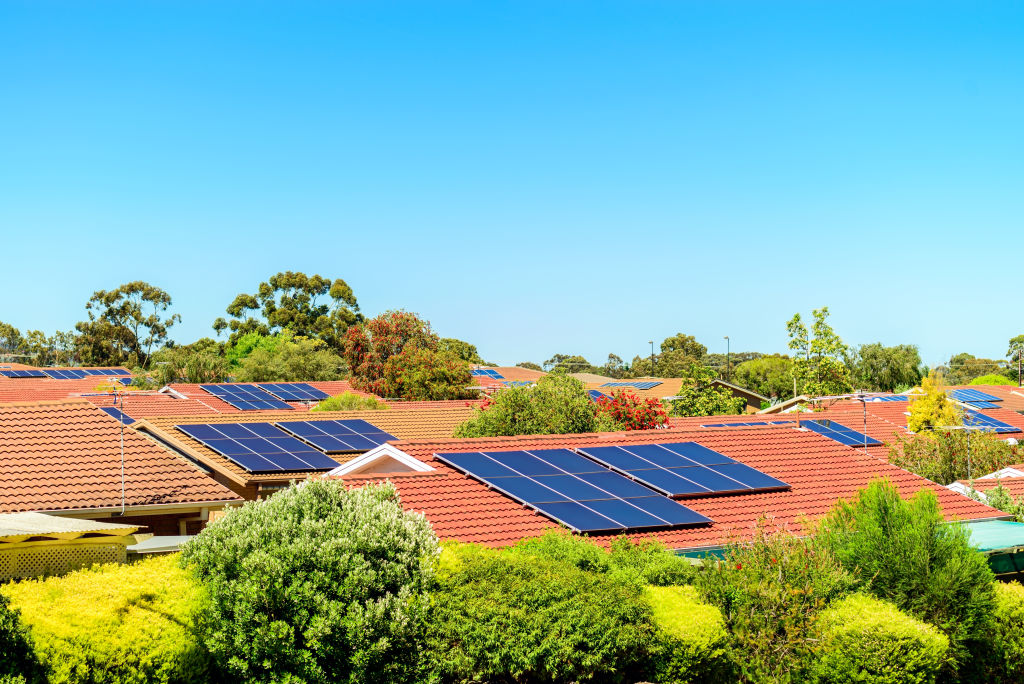
Smaller changes, like LED lighting, high-efficiency heating and cooling systems, and smart home technologies that optimise energy use, are also becoming standard in many Australian homes.
For those wanting to make their home more sustainable, Mureithi’s advice is to start with the fundamentals – good insulation, solar-passive design to take advantage of natural light and ventilation, and careful research and selection of materials.
“Then, install energy-efficient appliances with the highest energy star rating you can afford,” he suggests.
Going all in
For Australians keen to immerse themselves in sustainable living, buying into a purpose-built development can be a great way to access a host of environmentally-conscious design elements powered by cutting-edge technology.
Perth’s Brabham Estate, developed by property group Peet in partnership with DevelopmentWA, is home to the country’s most sustainable two-storey home, with a 9.2-star NatHERS rating. Along with its energy-efficient, solar-passive design and wellbeing focus – think solar panels, electric vehicle charging, extensive recycling, and free bicycles for residents – the community has access to the latest in sustainable innovation.
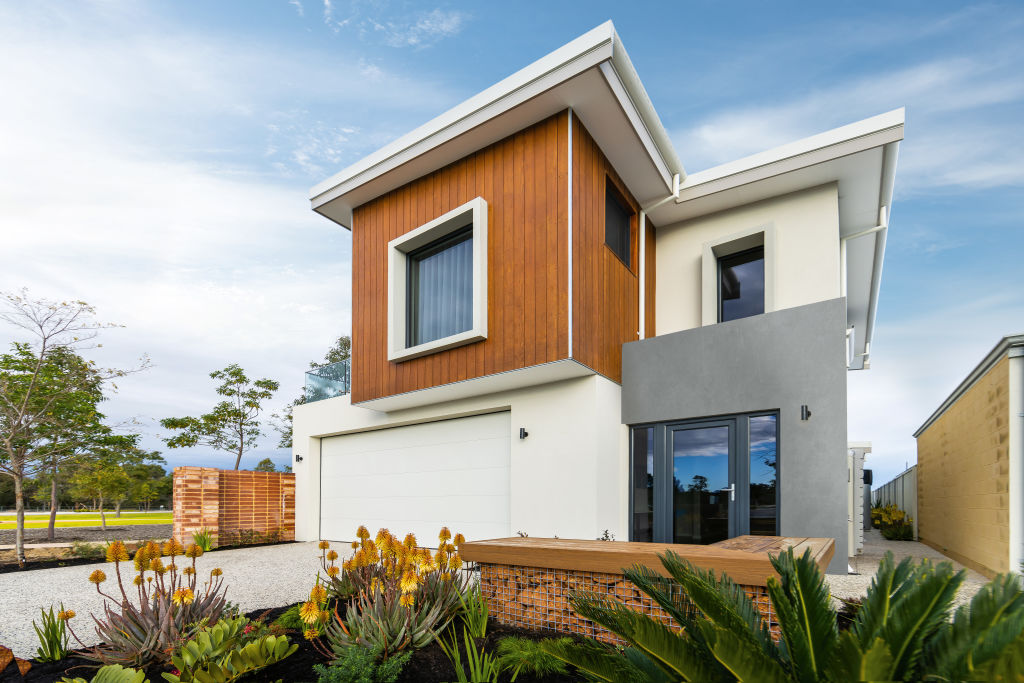
National Broadband Network (NBN) Co’s executive general manager of new developments, Andrew Walsh, says the company has played a key role in supporting Brabham Estate’s eco credentials.
“It’s a privilege to be working so closely with leading developers, like Peet, who are striving to create more liveable, more sustainable, more efficient communities,” Walsh says.
NBN Co’s Smart Places innovation uses fibre optics that are more energy-efficient than other existing copper-based networks and more resilient to future physical climate risks, to meet the evolving digital demands of Australians.
At Brabham Estate, this includes a community smart park complete with public Wi-Fi, smart bins and benches, and a smart weather station that enables residents to monitor and manage water usage throughout their homes and gardens.
“Through enabling digital connectivity, the network has the potential to facilitate reductions in emissions and reduce climate risks for homes and businesses across Australia,” Walsh explains.
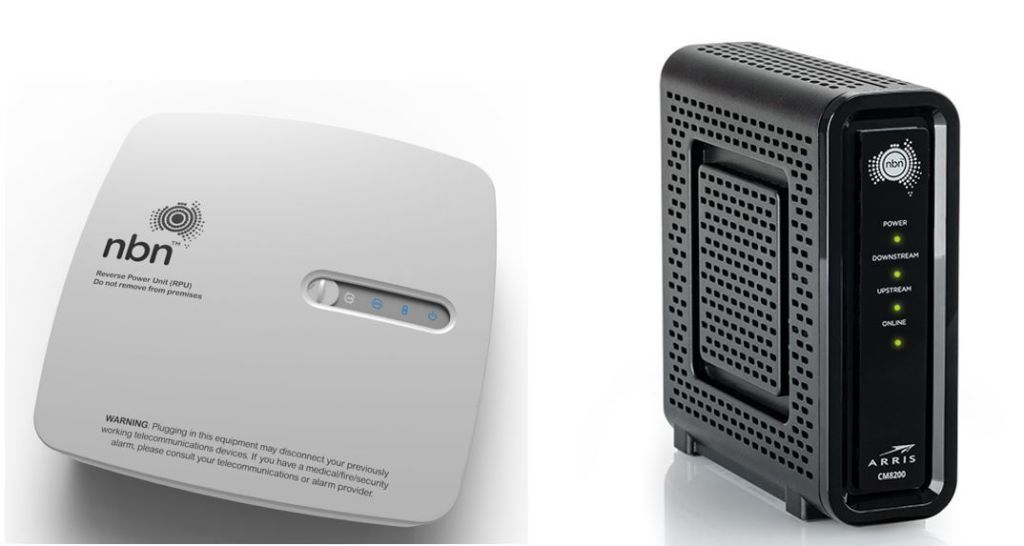
In an effort to reduce landfill, the company also has a system in place for customers to return NBN connection boxes free of charge if they mistakenly remove them from their registered address.
In support of Australia’s transition to a net-zero emissions economy by 2050, NBN Co has committed to long-term greenhouse gas emissions reduction targets and achieving net-zero emissions by 2050, or sooner, via the Science Based Targets initiative (SBTi), says NBN Co’s general manager of sustainability, Stephen Smith.
“Climate change mitigation and adaptation are key priorities for NBN and we strive to operate a climate resilient and resource-efficient network that supports not only Australia’s current needs but also Australia’s future social wellbeing and economic prosperity,” says Smith.
We recommend
States
Capital Cities
Capital Cities - Rentals
Popular Areas
Allhomes
More




